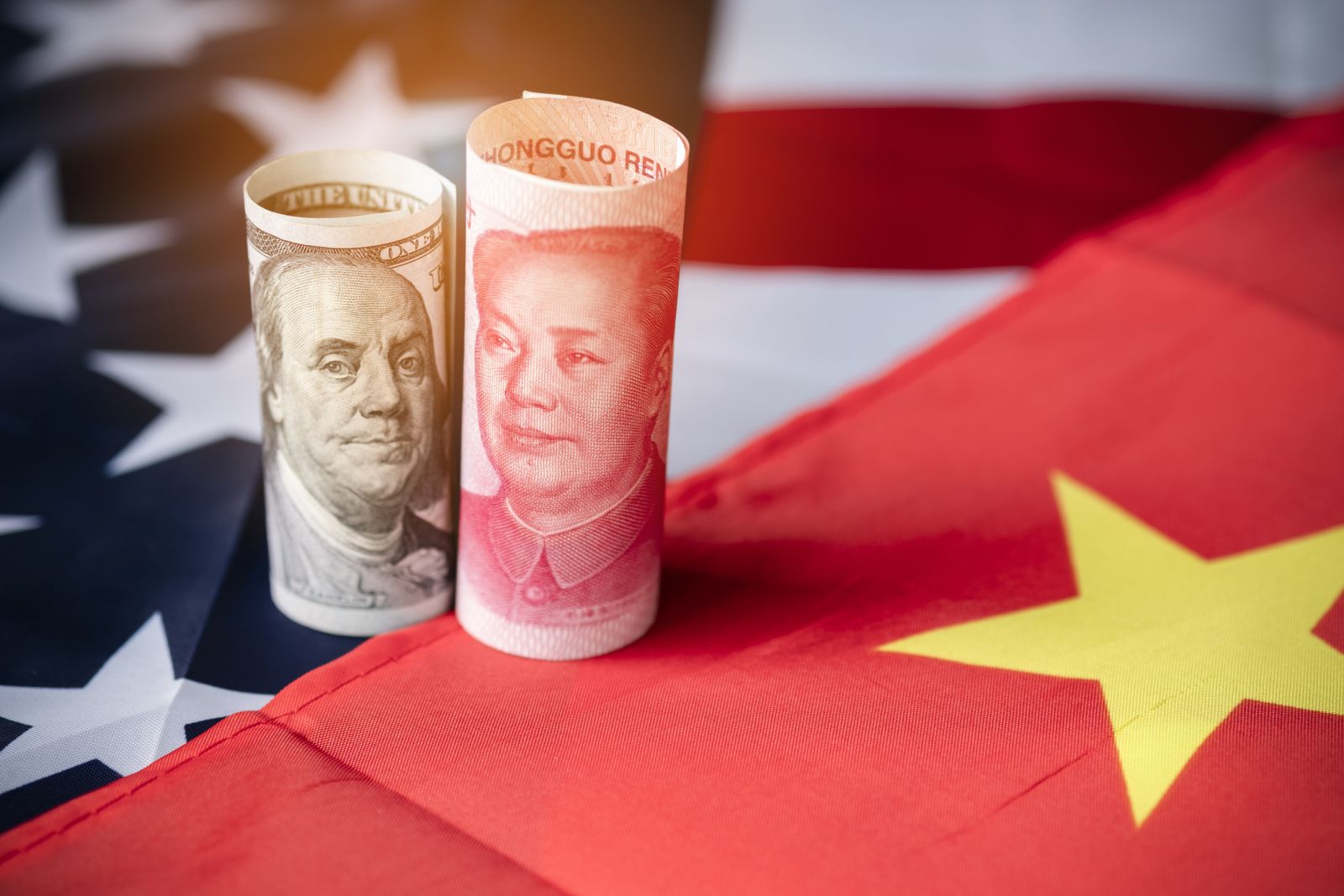
It is not often that we use the words “tech” and “dividend” in the same breath, let alone pair artificial intelligence (AI) stocks with dividends. However, Chinese tech giant Alibaba (BABA) is one name that not only boasts a dividend yield higher than the average U.S. tech firm, but is also a play on the China AI story.
China AI Story
The AI story has shifted from the U.S. to China. Firstly, DeepSeek shook the market with its low-cost AI model. The company claimed to have developed the model within two months for under $6 million. The revelation sent U.S. tech shares southwards as names like Microsoft-backed (MSFT) OpenAI are burning billions of dollars to develop their AI models. DeepSeek’s revelation was succeeded by announcements of low-cost AI models from multiple Chinese tech companies, including Alibaba.
Separately, Huawei is said to be testing a new AI chip that would rival Nvidia’s (NVDA) flagship H100 chip. It would be foolhardy to dismiss the company’s claims, as it previously survived U.S. sanctions and saw its 2024 sales catapult to the second highest on record. Huawei has been gaining smartphone market share in China at Apple’s (AAPL) expense, and its Q4 2024 market share in China was similar to that of the iPhone maker.
Chinese companies offering goods at prices that most, if not all, Western manufacturers cannot match is not really news. However, they are taking their price advantage to the services industry, as is visible in AI and autonomous driving.
Alibaba Unveils New AI Model
Alibaba has been stepping up its AI game and unveiled a new AI model Qwen 3 earlier this week. The model is an updated version of Alibaba’s previous work and comes with hybrid reasoning capabilities. The new model comes amid an intensifying rivalry between Chinese tech companies, who seem to be in a race to come up with low-cost AI models.

Why Alibaba Stock Looks Like a Buy
AI should drive Alibaba’s next leg of growth as the company expands its prowess. Along with AI, Alibaba is also a play on the China stimulus story. While the country has held back on major new stimulus measures, it has signaled further support to its economy, which faces downside risks from President Donald Trump’s “reciprocal tariffs.”
Over the medium to long term, listing its fintech subsidiary Ant Financial would also help Alibaba unlock value. For context, that IPO was halted by China in 2020, apparently to target Alibaba’s co-founder, Jack Ma. The country’s leadership has since reconciled not only with Alibaba, but also its private tech sector, which it previously cracked down on.
By meeting private entrepreneurs, including Ma, in February, the Chinese president has signaled that the crackdown on private tech companies is now in the rearview. Alibaba’s regulatory woes appear over, which bodes well for the stock’s valuations.
To be sure, Alibaba might not command the kind of valuations that U.S. peers like Amazon (AMZN) do. However, the days of the stock trading at depressed single-digit price-earnings (P/E) multiples appear to be over. While Alibaba has seen an expansion of its valuation multiples, it still trades at a forward P/E of 11.86x, which looks quite attractive despite downside risks to the Chinese economy.
Alibaba Has a Healthy Dividend Yield
Last year, Alibaba announced an annual dividend of $1 per American Depositary Receipt (ADR). Additionally, the company paid an extra dividend of $0.66 per share, which it attributed to “proceeds from disposition of certain financial investments.” Alibaba disposed of some of its non-core assets in fiscal year 2025 as well and might top up this year’s dividend with a special payout as it did in 2024. Alibaba has also doubled down on share buybacks and reduced its outstanding share count by 5.1% in the fiscal year that ended March 31.
I find Alibaba stock attractive at these levels, with the healthy dividend yield being a cherry on top.
Alibaba Stock Forecast
Brokerages are quite bullish on Alibaba and all 20 analysts actively covering the stock rate it as a “Strong Buy.” The stock carries a mean target price of $158.20, which is 33% higher than the April 28 closing price, while the Street-high target price of $190 is over 60% higher.








